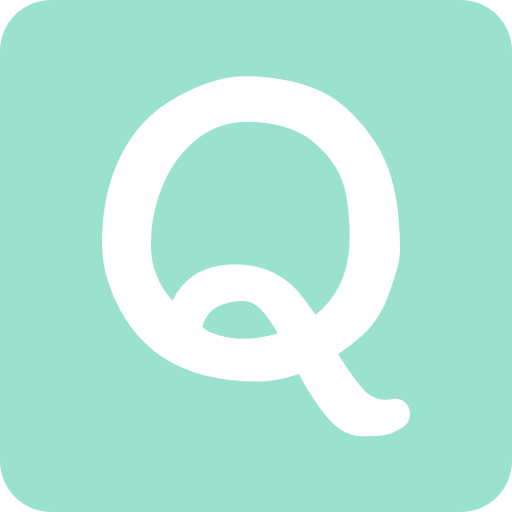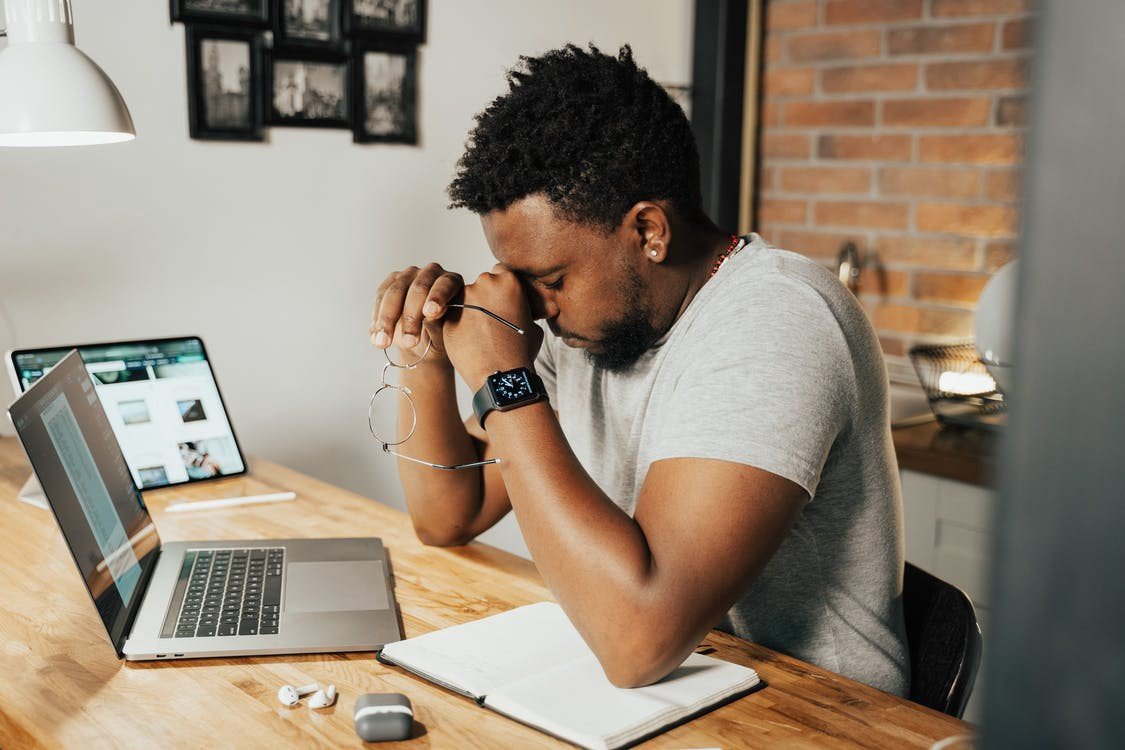Burnout vs stress: What’s taking over corporate America?
“Burnout” was initially coined in the 1970s by American psychologist Herbert Freudenberger to describe consequences of persistent and elevated stress among doctors and nurses. The three indicators of burnout are exhaustion, alienation from work-related activities, and reduced performance.
People experiencing burnout at work might feel drained physically, emotionally, and mentally. They are likely to be cynical about work-related tasks and miss deadlines or leave tasks incomplete.
The difference between stress and burnout
Burnout may be the result of unrelenting stress, but it isn’t the same as too much stress. Stress, by and large, involves too much: too many pressures that demand too much of you physically and mentally. However, stressed people can still imagine that if they can just get everything under control, they’ll feel better.
Burnout, on the other hand, is about not enough. Being burned out means feeling empty and mentally exhausted, devoid of motivation, and beyond caring. People experiencing burnout often don’t see any hope of positive change in their situations. If excessive stress feels like you’re drowning in responsibilities, burnout is a sense of being all dried up. And while you’re usually aware of being under a lot of stress, you don’t always notice burnout when it happens.
Helpguide
If this feels familiar to you, you are not alone.
Unintended consequences of remote work
One of the most dramatic changes in response to COVID-19 is shift toward remote work. While working remotely has alleviated some daily stressors like commuting, it has added new stress like longer hours, less work-life balance, and video-chat-fatigue. Workers are finding it increasingly difficult to “turn off” the office, to feel a true delineation between work and home, and to have time to themselves.
The reality is, the extra time saved from daily commutes has not been converted to for opportunities for rest and recovery from ongoing impacts of our current global pandemic. On average, we are working four more hours a week, and sending 8% more emails outside of business hours compared to pre-pandemic.
Moreover, with limited options for escape due to lockdowns/travel restrictions, and teams perpetually understaffed, a vacation seems futile. It absolutely does not feel incentivizing to be highly stressed leading up to time away, only to be concerned about working longer hours playing catchup upon return (or even during vacation).
So what can we do?
Here’s a quick primer on strategies to prevent burnout:
Reprioritize. Stop what you’re doing and make a list of your work demands. Organize them in order of priority and estimate the number of hours each takes per week.
Review this list with whoever has decision-making capability to ensure you:
Pexels
Have not missed any daily, weekly, or project task hours
Have the hours reasonably calculated
Confirm the hours are equal to 40 or fewer hours per week — if you’re approaching burnout, it’s critical to limit your working hours. If it’s over 40 hours, ask your leader/decision-maker to help you: (1) ensure your priorities are in the right order; (2) choose what work can be dropped altogether; (3) choose what work can be delegated or shared with others.
Refresh your skills. There may be an easier way to accomplish your tasks. Be open to learning new skills for both efficiency and to be open to new ideas.
Take your breaks. Research confirms that our focus and productivity increases overall when we take frequent breaks throughout the day. Eating lunch at your workstation and working through your breaks doesn’t benefit anyone, least of all your employer. Take time to clear your mind, relax or move your body depending on your work, and go back to your tasks with a clearer mind. Check out “taking a mindful break” article for ideas.
Connect with others. Don’t spend your entire workday with your head down. Make a point of connecting with others, even if it’s a greeting at the beginning and end of your shift. To help prevent burnout, work needs to be more than just the endless completion of tasks.
Make life more than work. Engage in non work-related activities and connect with people outside your workplace. This is critical to your long-term ability to avoid burnout.




